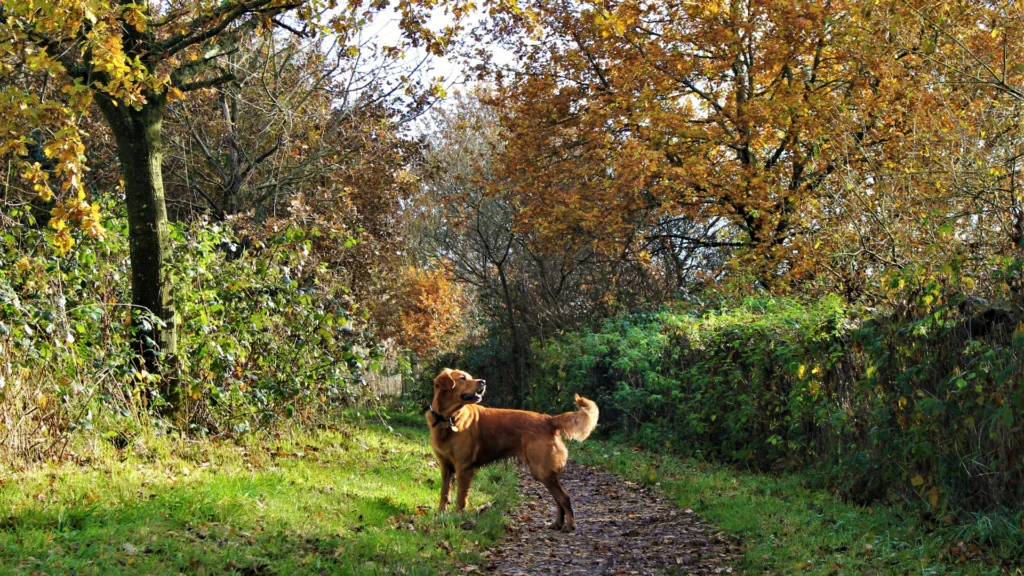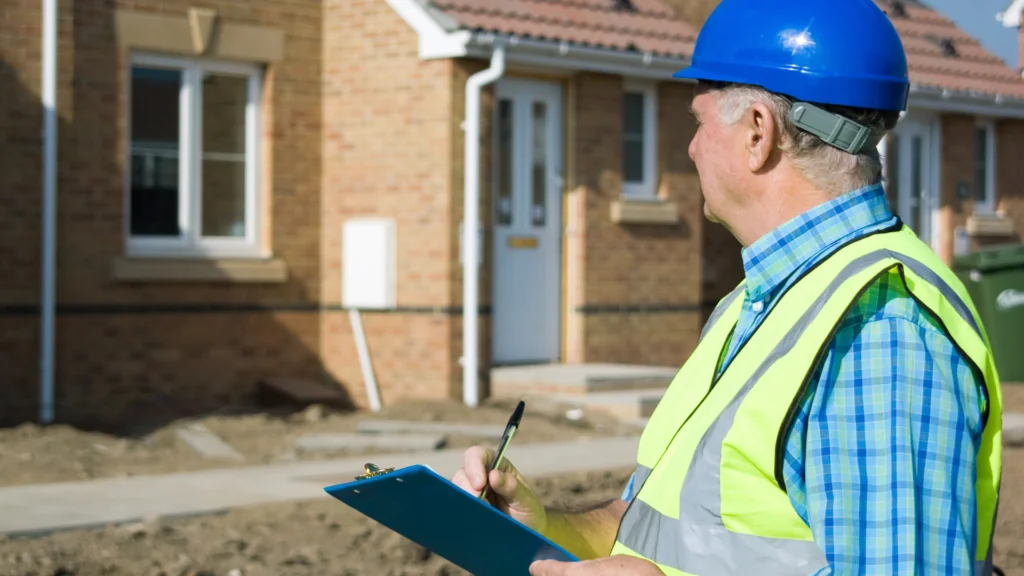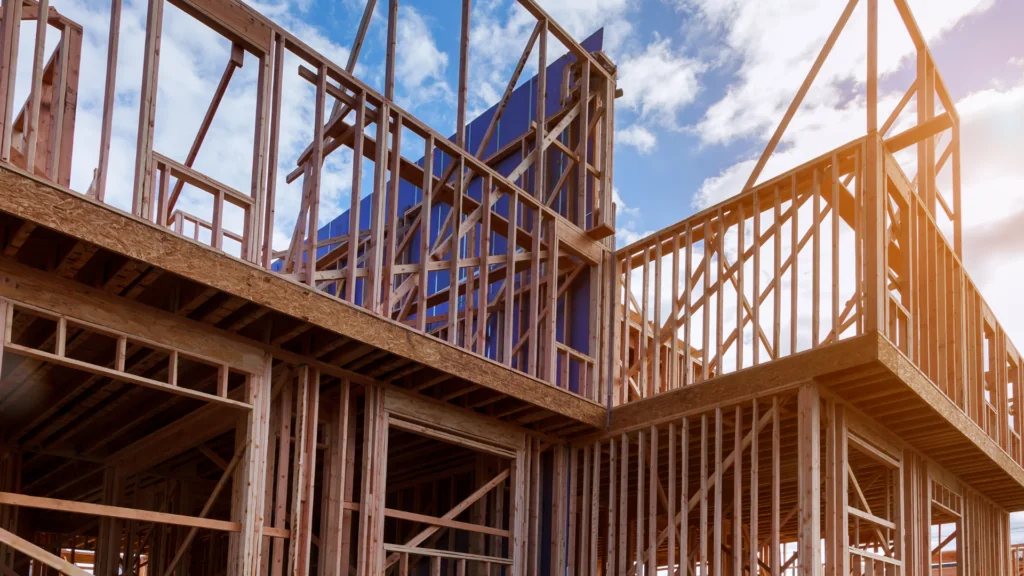- Can You Get a Mortgage for a Barn Conversion?
- What Type of Mortgage Do You Need for a Barn Conversion?
- How Do You Secure a Barn Conversion Mortgage?
- How Much Can You Borrow for a Barn Conversion?
- Why Are Barn Conversions Considered Non-Standard Construction?
- Are Barn Conversions a Good Idea?
- Key Takeaways
- The Bottom Line
How to Get Barn Conversion Mortgages: Step-by-Step Guide
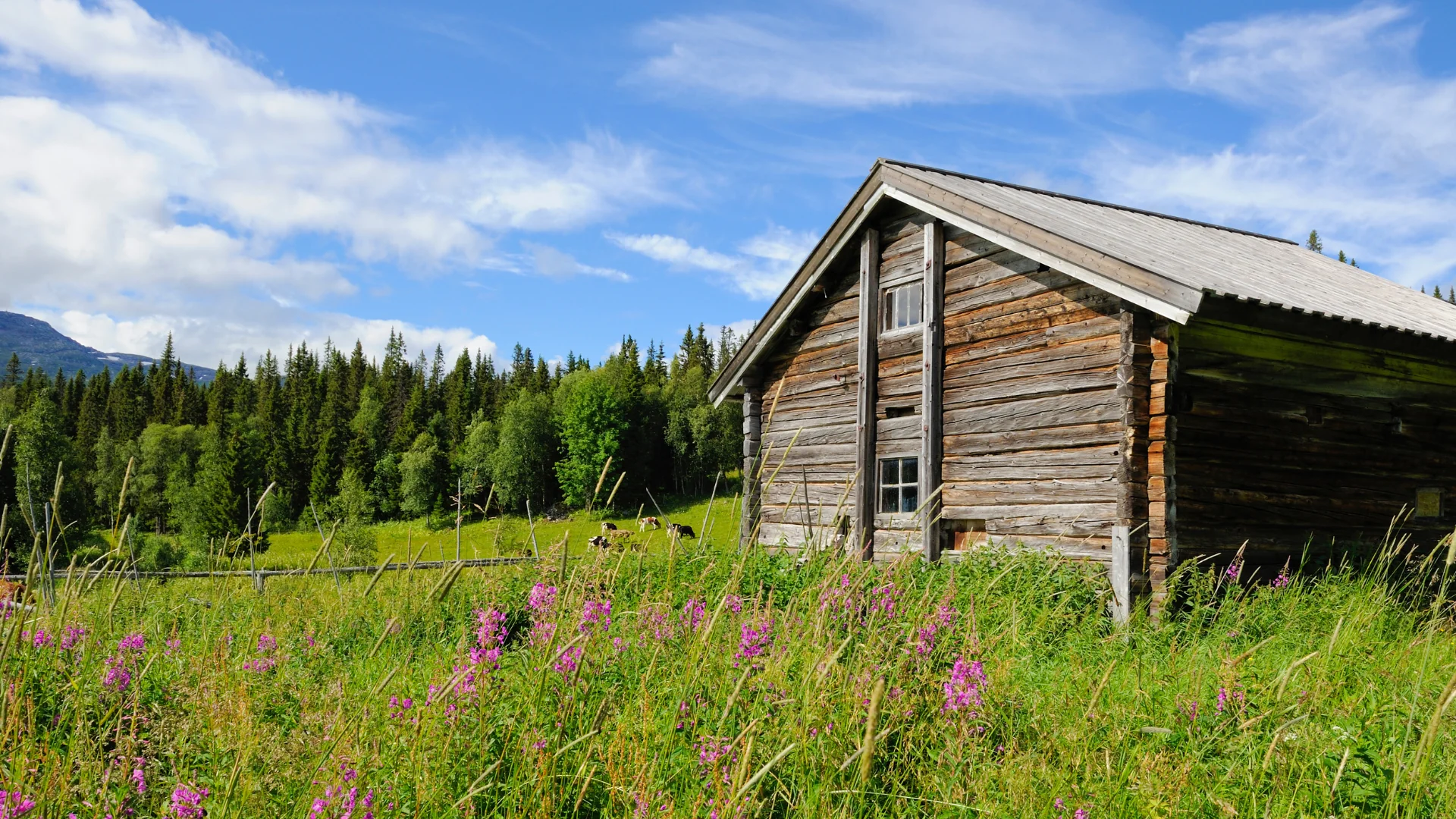
Imagine living in a beautiful barn conversion, nestled in the heart of the countryside.
With plenty of space for a cosy family life or a peaceful retreat from the city, these unique and charming homes offer a truly special living experience.
However, buying a barn conversion isn’t as straightforward as purchasing a traditional house.
As non-standard properties, they often require specialist mortgages designed for homes that don’t conform to the typical brick-and-mortar standard.
In this guide, we’ll explain the ins and out of barns for conversion, your mortgage options, and everything you need to know to make this dream a reality.
Can You Get a Mortgage for a Barn Conversion?
Yes, you can. But before you start picking out your dream barn, it’s essential to understand that barn conversions are quite different from a standard brick-and-mortar property.
Getting a mortgage for a barn conversion can feel a bit like a puzzle—each piece needs careful thought.
Whether you’re buying an already converted barn or a fixer-upper, there’s more involved than a typical home purchase.
For barns for conversion, the first thing you’ll need to work out is what type of financing you need.
This could be a self-build mortgage, a bridging loan, or perhaps a standard mortgage if the barn is already liveable.
Each type of financing has its own quirks and benefits, and we’re here to explore those in detail so you can choose wisely.
What Type of Mortgage Do You Need for a Barn Conversion?
Depending on whether you’re converting a barn from scratch or buying one that’s already been worked on, you’ve got a few mortgage options.
Let’s break them down to keep things simple.
Standard Mortgages
If you’re buying a barn conversion that’s already habitable or only needs minor work, you might qualify for a standard mortgage.
It’s the closest to a traditional house-buying experience, but do remember that barns are considered non-standard construction properties.
That means fewer high street lenders are interested, so you’ll likely need a specialist lender.
Self-Build Mortgages
If you’re taking on the ambitious task of converting a barn from the ground up, a self-build mortgage is your best bet.
Unlike traditional mortgages, the funds for a self-build mortgage are released in stages as you complete different parts of the conversion.
This helps keep costs under control and ensures you’re only paying interest on the funds you’ve received so far.
Typically, funds are released in five stages:
- Purchase of the barn: Covers the cost of acquiring the barn itself.
- Foundations and structural work: Funds the groundwork, foundation, and any major structural renovations.
- Reaching eaves height: Releases funds once the walls are up to roof level.
- Watertight roofing: Provides funding after the roof is complete, making the structure weather-resistant.
- Internal fittings and finishings: Final stage for installing utilities, fixtures, and interior finishes.
If you’re planning on including eco-friendly elements into your conversion, you might qualify for an eco self-build mortgage. That means perks like better rates, cashback, or a higher borrowing limit.
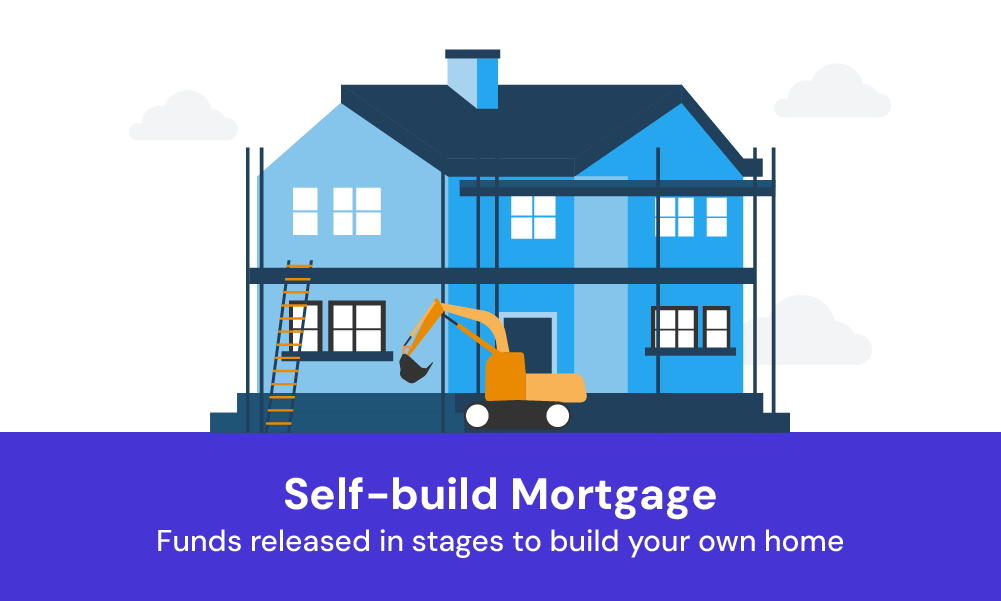
Bridging Loans
These are a handy choice if you need fast cash, like buying a barn at auction.
Bridging loans are short-term loans that can help secure the property quickly before switching to a longer-term mortgage.
They’re a bit like a financial safety net but bear in mind they come with higher interest rates and a shorter repayment period—usually within two years.
They’re great for getting started, but you’ll need an exit plan once the conversion is complete.
Buy-to-Let Mortgages
If you’re thinking of buying a barn to convert and rent out, you might consider a buy-to-let mortgage. This type of mortgage has specific requirements, like proving the potential rental income and providing a larger deposit—usually between 25-40%.
You also need to show that you can handle periods without tenants (rental voids) and have enough rental income to meet the lender’s criteria.
Often, it makes sense to use a bridging loan for the initial conversion work and then switch to a buy-to-let mortgage once the barn is ready for tenants.
How Do You Secure a Barn Conversion Mortgage?
Once you’ve picked the best financing option for your barn conversion, the next step is to ensure you meet all the requirements needed to secure a mortgage.
Here’s a clear path to follow to get your project off the ground:
1. Start with a Specialist Broker
Finding a broker who understands barn conversions can make a huge difference. A specialist broker will guide you from start to finish, helping you avoid common (and costly) mistakes.
They can recommend experienced surveyors, conveyancers, and even help you present your project in the best light to lenders.
This support ensures you’re on the right path and builds lender confidence from day one.

2. Gather All Necessary Permissions
Getting permission is the first major step. You’ll need:
- Planning Permission. While you might not always need full planning permission thanks to permitted development rights introduced in 2014, you will need to notify your local authority of your plans. Depending on the scope of your project, they could determine that you need full planning permission. If the council considers your plans a “rebuild” rather than a conversion, they’ll likely require full permission.
- Additional Consents. If your barn is a listed building, you’ll also need to apply for listed building consent, which may restrict materials and design changes. Be on the lookout for any agricultural restrictions or deed limitations on the land – these can sometimes be costly to remove and might limit what you can do with the property.
3. Confirm Access and Right of Way
Barns are often in remote areas, so it’s crucial to confirm you have the right of way and suitable access for construction vehicles. If there’s no direct access, now’s the time to secure permission for any required changes.
Lenders will also look at access during their surveys, as they want to ensure the property is reachable and practical for conversion.
Addressing these access issues early on will keep your project on track and help avoid any surprises once construction begins.
4. Research Resalability
It’s wise to consider the resale value of your barn conversion, even if you plan to live there long-term. High-spec barns in desirable locations tend to hold their value better.
If you ever decide to sell, things like modern features, location, and quality craftsmanship can make your barn conversion much more attractive to buyers.
5. Create a Detailed Project Plan
Lenders love a good plan, and a Schedule of Works can make a real difference here. It’s not always required, but it’s a smart idea.
Think of it as a map for your project. It shows each step, how much it will cost, and when you’ll finish each part.
Most lenders find this very reassuring, especially for bigger or more complicated conversions. It gives them confidence that you’ve got a clear plan, making it easier for them to release funds as you progress.
Here’s what your plan should include:
- Cost Breakdown. List all expected costs – for materials, labour, and any professional services. This shows you understand the project’s financial needs.
- Contingency Fund. Barn conversions can come with unexpected costs, so it’s wise to add a 10-15% cushion. This extra bit of funding gives you peace of mind and reassures lenders that you’re prepared.
- Housing Arrangements. If you can’t stay on-site, think about where you’ll live during the build. Temporary housing costs can add up quickly, so make sure to include this in your budget.
If you’re getting money in stages, a Schedule of Works is even more helpful. Lenders can release money as you finish important parts, like the foundation or roof.
Having this plan ready can help your mortgage application, keep your project on track, and avoid delays.
6. Hire the Right Team
A barn conversion isn’t your typical DIY job, so you’ll need a solid team behind you.
An architect with barn conversion experience, a solicitor, and a trusted construction team can ensure everything meets the required standards.
Plus, having a skilled team builds lender confidence and keeps your project running smoothly.
7. Book a Full Structural Survey and Valuation
Barns can be charming – but they can also hide issues.
A structural survey will uncover any potential problems, like damp, timber rot, or roof damage.
At the same time, a property valuation lets your lender assess the current value and expected post-conversion value. This helps them calculate the loan-to-value (LTV) ratio, which is key for mortgage approval.
8. Get Specialist Insurance in Place
Barns typically need non-standard construction insurance.
You’ll want a policy that covers the unique risks of barn conversions, including any specific materials or rural location risks.
Non-standard properties usually cost a bit more to insure, but it’s worth having peace of mind.
9. Submit Your Mortgage Application
Now that you’ve got everything in order, it’s time to pull together all your documents:
- Deposit. Barn conversions usually need a bigger deposit, typically around 25-30%. If you have additional assets, include those in your application – they can help improve your eligibility and rates.
- Project Documentation. Include your Schedule of Works, planning permissions, surveys, and financial documents. Lenders appreciate a thorough application, so show them you’re well-prepared for this project.
Submit your application and stay flexible – lenders might request extra information or clarifications as they review your plan.
10. Begin the Conversion with Stage Payments
Once approved, funds will generally be released in stages. These align with major construction milestones, like completing the foundation or installing the roof.
Your lender may conduct inspections to ensure each phase is completed as planned.
Keep them updated, and you’ll have no problem moving through each stage smoothly.
11. Transition to a Repayment Plan
As your barn nears completion and becomes habitable, you’ll switch to a standard mortgage repayment structure.
Depending on your initial setup, you may be able to adjust to a repayment mortgage or continue with your chosen payment plan.
At this point, it’s time to settle into your beautifully converted barn – a truly rewarding accomplishment. 🎉
How Much Can You Borrow for a Barn Conversion?
How much you can borrow will depend on your income, affordability, and the type of mortgage you need.
Typically, self-build mortgages will let you borrow between 4 to 5 times your annual income, depending on the lender and your financial circumstances.
But keep in mind, barn conversions often come with a larger deposit requirement—usually around 25% of the property value.
For bridging loans, some lenders might not need a deposit at all, provided you’ve got other assets for security.
Again, this is where a specialist broker comes in handy to help you navigate the options.
Why Are Barn Conversions Considered Non-Standard Construction?
Barn conversions are considered non-standard construction because they don’t fit the typical mould of brick and mortar houses. L
enders see them as higher risk, which means there’s often a higher interest rate attached to a mortgage barn.
You’ll also find that insurers might charge a bit more to cover them—or might be pickier about offering insurance at all.
The type of construction used, the materials, and the overall design can all affect whether a barn conversion is viewed as standard or non-standard.
For example, a thatched roof is beautiful but requires maintenance every thirty years or so. It’s all part of the charm, but it’s something lenders take into account.
Are Barn Conversions a Good Idea?
It depends. Barn conversions can be a great way to get a unique, big home in the countryside.
But they can also be more expensive, harder to plan, and need more looking after than other homes.
If you want something simpler and cheaper, they might not be the best choice. Here are some of the pros and cons to help you decide if it’s right for you:
Pros:
- You get large, open spaces with high ceilings.
- Barns have a unique character and charm you won’t find in typical homes.
- If designed well, they can increase in value, especially in good areas.
- You have the freedom to create a layout that fits your lifestyle.
- They’re usually set in quiet, countryside spots with lovely views.
- You can add eco-friendly features like solar panels and strong insulation.
- Since they’re less common, barn conversions really stand out.
Cons:
- You’ll face higher costs for building work, planning, and materials.
- Planning permissions can be strict, especially for older or listed barns.
- Countryside areas may lack nearby shops, schools, or transport.
- Maintenance can cost more, as traditional materials often need repairs.
- You might find insurance tricky to arrange and more expensive.
- Conversions take time, and unexpected delays are common.
- When it’s time to sell, they may appeal to fewer buyers.
Key Takeaways
- Barn conversions need specialist mortgages as they’re non-standard properties. Options include self-build mortgages, bridging loans, and buy-to-let mortgages.
- To secure a barn conversion mortgage, you need to work with a specialist broker, get necessary permissions, confirm access, and prepare a detailed project plan, survey, and insurance to ensure a smooth mortgage process.
- Barn conversions have benefits and drawbacks. They offer unique style and space but come with higher costs, stricter planning, and potential resale challenges.
The Bottom Line
After reading about the steps, rules, and choices, you might be thinking: is it worth the trouble to get a mortgage for a barn? 🤔
For people who want a special home with a countryside look, a barn can be really great. But getting a mortgage for a barn isn’t always easy.
Barns are more expensive, need more planning, and need more looking after than normal homes, which can be a lot.
That’s why having someone who knows about mortgages can be really helpful.
Here’s what a specialist broker can do for you:
- Search lenders who specialise in mortgages for barns, so you’re more likely to get one.
- Guide you through everything, from getting planning permission to meeting insurance rules.
- Find the best kind of mortgage for you, whether it’s a self-build mortgage, getting a special loan, or buying it as a rental.
- Save you time and stress by doing the paperwork and talking to lenders for you.
If you want to save time and stress in your search for the right broker, get in touch with us. We’ll find you a reliable broker who can help you with your mortgage for a barn conversion.
Get Matched With Your Dream Mortgage Advisor...

Frequently asked questions
How much does a barn conversion cost?
The price tag for barn conversion depends on factors like size, condition, location, and the finishes you want.
In the UK, it usually costs between £1,000 and £2,500 per square metre. This means a typical conversion might be £100,000 to £250,000, but bigger or more complicated ones can cost more.
You’ll also need to budget for planning, building checks, and architect fees. Older barns might need extra work, so be ready for some surprise costs.
Can I make money from a barn conversion?
Yes, you can make money from a barn conversion, but it depends on a few key things: where it’s located, local demand, and the quality of the finished property.
Many people turn barns into holiday rentals or homes, which can both earn you income. A well-done conversion can also boost the property’s value, especially if it’s in a popular rural area.
To get the best return, check local property prices and see if there’s demand for barn-style homes or holiday lets.
Remember, the upfront costs can be high, so it’s important to weigh the potential profits against what you’ll spend and any risks involved.
Is planning permission needed for a barn conversion?
Not always. Permitted development rights might cover your project, but you’ll still need to notify your local authority. More extensive changes might require full planning permission.
What are the risks of buying a barn conversion?
Barn conversions can be more expensive to insure and may require more frequent maintenance. They’re also higher risk in terms of mortgage lending, so you may face higher interest rates.
How long do barn conversions take?
A barn conversion usually takes 6 to 12 months. If your barn needs major work or there are planning delays, it could take 12 to 18 months or more. Working with a good architect and builder can help you get a clear timeline for your project.

